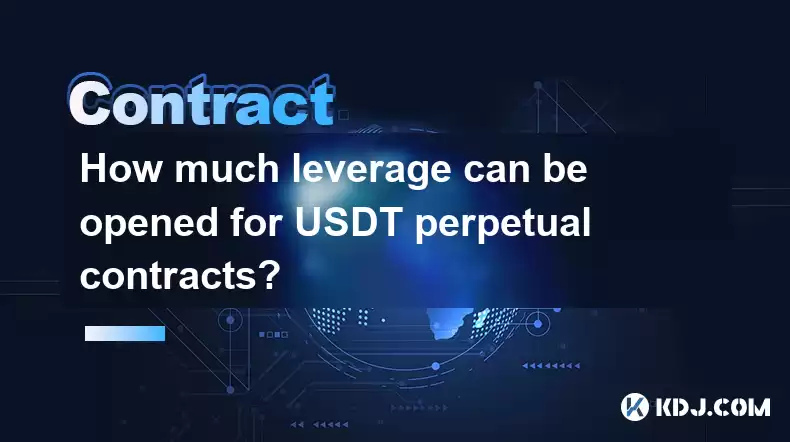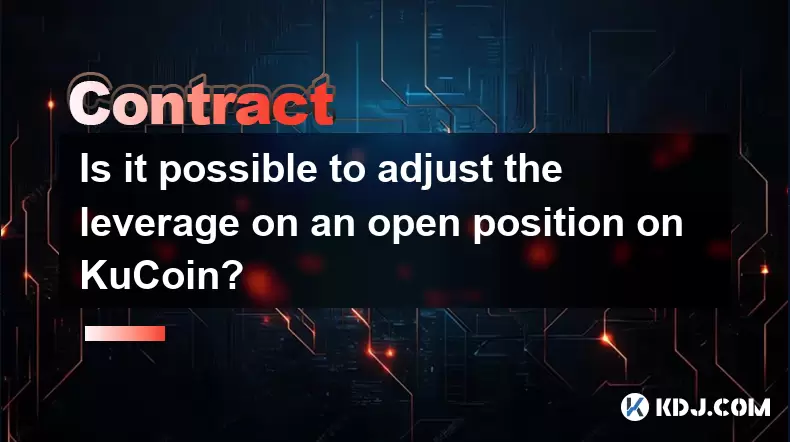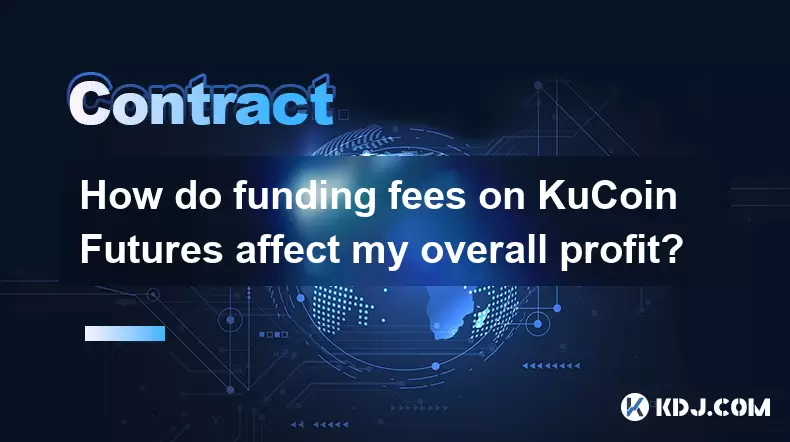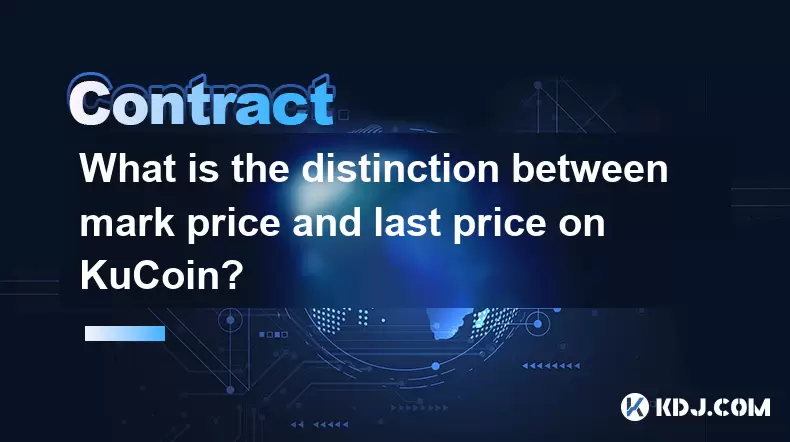-
 Bitcoin
Bitcoin $119100
-2.16% -
 Ethereum
Ethereum $4300
-0.31% -
 XRP
XRP $3.171
-2.99% -
 Tether USDt
Tether USDt $1.000
-0.01% -
 BNB
BNB $814.1
-1.33% -
 Solana
Solana $176.5
-4.67% -
 USDC
USDC $0.0000
0.00% -
 Dogecoin
Dogecoin $0.2267
-5.83% -
 TRON
TRON $0.3465
2.15% -
 Cardano
Cardano $0.7870
-4.98% -
 Chainlink
Chainlink $21.66
-2.27% -
 Hyperliquid
Hyperliquid $43.89
-4.62% -
 Stellar
Stellar $0.4414
-3.35% -
 Sui
Sui $3.707
-6.73% -
 Bitcoin Cash
Bitcoin Cash $599.1
3.73% -
 Hedera
Hedera $0.2504
-6.96% -
 Ethena USDe
Ethena USDe $1.001
-0.01% -
 Avalanche
Avalanche $23.21
-4.99% -
 Litecoin
Litecoin $121.1
-3.55% -
 Toncoin
Toncoin $3.415
0.45% -
 UNUS SED LEO
UNUS SED LEO $9.002
-1.24% -
 Shiba Inu
Shiba Inu $0.00001314
-5.43% -
 Uniswap
Uniswap $11.45
1.63% -
 Polkadot
Polkadot $3.926
-5.37% -
 Cronos
Cronos $0.1694
1.63% -
 Ethena
Ethena $0.8117
-2.35% -
 Dai
Dai $1.000
0.00% -
 Bitget Token
Bitget Token $4.422
-1.43% -
 Monero
Monero $264.2
-0.83% -
 Pepe
Pepe $0.00001137
-8.29%
How much leverage can be opened for USDT perpetual contracts?
USDT perpetual contracts allow traders to access leverage options ranging from conservative (1x) to high-risk (125x or higher), depending on their risk tolerance, trading strategy, and market conditions.
Dec 16, 2024 at 11:23 am

How Much Leverage Can Be Opened for USDT Perpetual Contracts?
Introduction
Leverage plays a pivotal role in the realm of cryptocurrency trading, enabling traders to amplify their potential gains while simultaneously increasing the risk of losses. Understanding the intricacies of leverage is crucial for effective risk management and maximizing trading opportunities. This article delves into the specific context of USDT perpetual contracts, examining the leverage options available and providing a comprehensive guide to leveraging strategies.
USDT Perpetual Contracts: An Overview
USDT perpetual contracts are a type of futures contract that allows traders to speculate on the price of an underlying cryptocurrency, in this case, USDT (Tether). Unlike regular futures contracts, perpetual contracts do not have an expiration date, enabling traders to maintain their positions indefinitely. They are also settled in USDT, which provides stability and reduces the impact of price fluctuations in the underlying cryptocurrency.
Leverage Options for USDT Perpetual Contracts
The amount of leverage that can be opened for USDT perpetual contracts varies depending on the exchange and the specific contract. Generally, exchanges offer a range of leverage options, typically starting from 1x (no leverage) and extending up to 125x or even higher. The choice of leverage depends on factors such as the trader's risk tolerance, trading strategy, and market conditions.
Steps to Determine Leverage
- Assess Risk Tolerance: The first step in determining the appropriate leverage is to assess your risk tolerance. Leverage amplifies both potential gains and losses; therefore, it is crucial to choose a level that aligns with your comfort zone. If you are new to trading or have a low risk tolerance, consider starting with lower leverage ratios (e.g., 1x or 2x).
- Choose Trading Strategy: The choice of leverage should also align with your trading strategy. Scalpers and day traders often use higher leverage to maximize short-term profits, while longer-term traders may opt for lower leverage to minimize risk. It is important to have a clear understanding of your trading strategy before determining the appropriate leverage.
- Consider Market Conditions: Market conditions also play a role in determining leverage. In volatile markets, lower leverage ratios are generally preferred to reduce the risk of large losses. Conversely, in stable or trending markets, higher leverage can be used to enhance potential gains.
Tips for Effective Leverage Management
- Use Leverage Responsibly: Leverage can be a double-edged sword. While it can magnify profits, it can also exacerbate losses. Always use leverage responsibly and within your risk tolerance.
- Start with Low Leverage: If you are new to leveraged trading, it is advisable to start with low leverage ratios and gradually increase them as you gain experience and confidence.
- Manage Risk Effectively: Risk management is paramount in leveraged trading. Use stop-loss orders to limit potential losses and avoid overleveraging.
- Monitor Positions Regularly: Closely monitor your leveraged positions, especially during periods of high volatility. Adjust leverage ratios as needed to manage risk and maximize profits.
Conclusion
Leverage is a powerful tool that can be used to enhance trading profitability. However, it is crucial to use leverage responsibly and with a clear understanding of the risks involved. By carefully considering your risk tolerance, trading strategy, and market conditions, you can effectively determine the appropriate leverage for your USDT perpetual contracts and maximize your trading potential.
Disclaimer:info@kdj.com
The information provided is not trading advice. kdj.com does not assume any responsibility for any investments made based on the information provided in this article. Cryptocurrencies are highly volatile and it is highly recommended that you invest with caution after thorough research!
If you believe that the content used on this website infringes your copyright, please contact us immediately (info@kdj.com) and we will delete it promptly.
- Dogecoin, Presale, Surge: Riding the Meme Coin Wave
- 2025-08-12 11:10:12
- Dogecoin, Tron, and the ROI Reality Check: What's a Crypto Investor to Do?
- 2025-08-12 11:15:12
- Ethereum Layer-2 Scaling Competition Heats Up as ETH Breaks $4K
- 2025-08-12 10:30:12
- China Regulation, Stablecoins, and BNB Presale: Navigating the Crypto Landscape
- 2025-08-12 11:30:12
- Meme Coins, Investment, and Token Burns: What's Hot in 2025?
- 2025-08-12 10:30:12
- BlockDAG, Chainlink, Hedera: The Cryptos Enterprises are Eyeing
- 2025-08-12 09:30:12
Related knowledge

Is it possible to adjust the leverage on an open position on KuCoin?
Aug 09,2025 at 08:21pm
Understanding Leverage in KuCoin Futures TradingLeverage in KuCoin Futures allows traders to amplify their exposure to price movements by borrowing fu...

What cryptocurrencies are supported as collateral on KuCoin Futures?
Aug 11,2025 at 04:21am
Overview of KuCoin Futures and Collateral MechanismKuCoin Futures is a derivatives trading platform that allows users to trade perpetual and delivery ...

What is the difference between realized and unrealized PNL on KuCoin?
Aug 09,2025 at 01:49am
Understanding Realized and Unrealized PNL on KuCoinWhen trading on KuCoin, especially in futures and perpetual contracts, understanding the distinctio...

How does KuCoin Futures compare against Binance Futures in terms of features?
Aug 09,2025 at 03:22am
Trading Interface and User ExperienceThe trading interface is a critical component when comparing KuCoin Futures and Binance Futures, as it directly i...

How do funding fees on KuCoin Futures affect my overall profit?
Aug 09,2025 at 08:22am
Understanding Funding Fees on KuCoin FuturesFunding fees on KuCoin Futures are periodic payments exchanged between long and short position holders to ...

What is the distinction between mark price and last price on KuCoin?
Aug 08,2025 at 01:58pm
Understanding the Basics of Price in Cryptocurrency TradingIn cryptocurrency exchanges like KuCoin, two key price indicators frequently appear on trad...

Is it possible to adjust the leverage on an open position on KuCoin?
Aug 09,2025 at 08:21pm
Understanding Leverage in KuCoin Futures TradingLeverage in KuCoin Futures allows traders to amplify their exposure to price movements by borrowing fu...

What cryptocurrencies are supported as collateral on KuCoin Futures?
Aug 11,2025 at 04:21am
Overview of KuCoin Futures and Collateral MechanismKuCoin Futures is a derivatives trading platform that allows users to trade perpetual and delivery ...

What is the difference between realized and unrealized PNL on KuCoin?
Aug 09,2025 at 01:49am
Understanding Realized and Unrealized PNL on KuCoinWhen trading on KuCoin, especially in futures and perpetual contracts, understanding the distinctio...

How does KuCoin Futures compare against Binance Futures in terms of features?
Aug 09,2025 at 03:22am
Trading Interface and User ExperienceThe trading interface is a critical component when comparing KuCoin Futures and Binance Futures, as it directly i...

How do funding fees on KuCoin Futures affect my overall profit?
Aug 09,2025 at 08:22am
Understanding Funding Fees on KuCoin FuturesFunding fees on KuCoin Futures are periodic payments exchanged between long and short position holders to ...

What is the distinction between mark price and last price on KuCoin?
Aug 08,2025 at 01:58pm
Understanding the Basics of Price in Cryptocurrency TradingIn cryptocurrency exchanges like KuCoin, two key price indicators frequently appear on trad...
See all articles

























































































